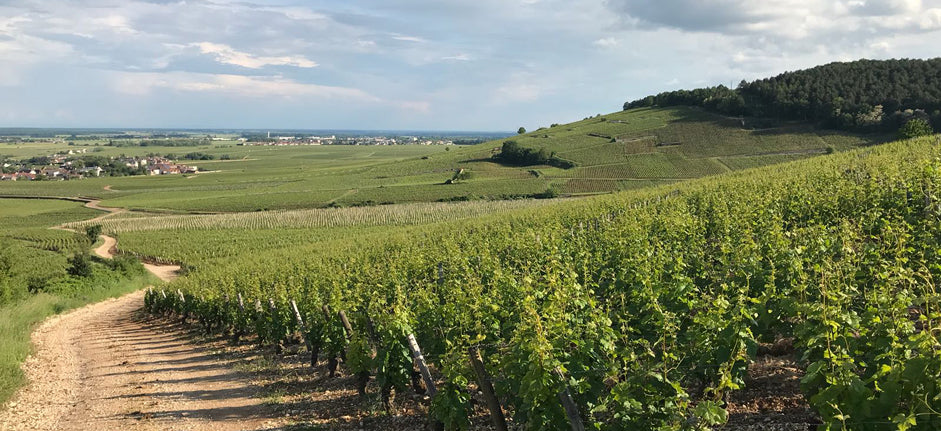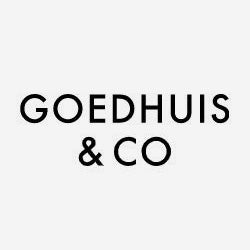
I spent last week with a team of journalists and wine buyers from the UK trade, holed up in Savigny-lès-Beaune’s comfortable Hameau de Barboron for four days, as we tasted our way through 243 white Burgundies from the 2015 vintage.
This group has been tasting together for many years, always in Burgundy, and always tasting the vintage three years on. By this moment the young wines have had time to settle in bottle and embark on their journey of development. It gives the tasters a chance to revisit a comprehensive line-up of a vintage’s wares, often for the first time since tasting from barrel in the winter following the harvest (most of us had tasted the 2015s between November 2016 to January 2017). And so, on 22nd May, 11 of us met bright and early in Savigny to start tasting our way through the 2015 whites over four days.
The tasting is limited to premiers and grands crus from Chablis and the Côte d’Or, with samples sourced from the domaines. It was with absolute joy, excitement, and a small touch of nervousness that I accepted an invitation to join the Burgfest group this year. Tasting this widely across the region and sampling its top producers and vineyard sites in such a condensed and concentrated environment is a rare experience. The wines are all tasted blind, although they are grouped by appellation. We score out of 100, and discuss the wines before revealing the producers. This means bias is largely avoided, and it gives us in the wine trade a brilliant opportunity to assess how the growers we work with are performing against their peers. It also gives us a very complete impression of the vintage. Of course, there are a few atypical examples amongst the hundreds of wines we taste, a few blindingly brilliant wines, and a few disappointing flops; but beyond the individual performance of each of the wines, this tasting gives us an unparalleled opportunity to understand the character and style of the vintage as a whole.

Around the lunch table on the final day we shared our impressions of the vintage. It was agreed that the vintage had shown itself to be a fine one, with considerable ageing potential but also juicy, approachable appeal in its youth. At the time of their release in January 2017, the 2015 whites were perhaps unfairly dismissed. They had a tough act to follow; the scintillating 2014s had seduced the market with their searing acidity, fine-boned structure and ethereal complexity. The warmer, rounder 2015s were at a disadvantage in a market that placed value on acidity and angular restraint in its white wines.
But having tasted from barrel, we had commented as much at the time: 2015 was a warm year, and its reds are rich in fruit, alcohol, tannin, and weight. The whites had a ripe volume of fruit, but also showed a distinct and welcome freshness. It was far from the overripe vintage for Chardonnay that some had feared. Last week reinforced this message – the wines were ripe, certainly some displayed a touch of exotic fruit, and almost none showed under ripe, green characters. But, crucially, they also had bright freshness and balancing acidity. We discussed similarities and differences with other ‘solaire’ years such as 2009 and 2003. Through a combination of the vintage’s natural balance and the advances in viticultural and winemaking practices, it was felt the growers of Burgundy had managed 2015’s generosity with widespread success. The plump volume of fruit supported the oak very well on the whole, and the reductive style of winemaking so à la mode these days has meant the wines maintained a level of tight, mineral tension. These two aspects of oak and reduction management when matched with the ripe, juicy style of fruit of the vintage, has meant the 2015s are hugely attractive in their youth. The good level of concentration also means they are likely to age well, and many should enjoy long drinking windows.
Although, as I mentioned, the performance of some individual wines broke the general trends, there was a general thread through the group’s average scores that suggested the soils with a higher clay content had been the most successful of the vintage. Some Puligny Montrachet premiers crus were excellent (particularly Pucelles and Caillerets), Meursault had a good hit rate, and Chevalier Montrachet and Le Montrachet concluded things on a triumphant high. It was felt that Chablis had shown less typicity of terroir, and more vintage character (i.e. the warmth and sunniness of the year) than the wines of the Côte de Beaune. But I would defend Chablis’s appeal in 2015 nonetheless. Although the wines lack that oyster shell, tight, briny reverb, they offered smooth orchard flavours and long, juicy finishes. A glass of 2015 premier or grand cru Chablis in hand will be no hardship.
Some Goedhuis growers who showed particularly well during the week include: Pommier, Pinson, Droin, Marc Colin, Paul Pillot, and Jacques Carillon.
In the afternoons I found some time in the afternoons to visit a few domaines – Ghislaine Barthod (Chambolle Musigny), Louis Boillot (Chambolle Musigny), Tollot Beaut (Chorey-lès-Beaune), and Jean Grivot (Vosne Romanée), where I had a sneak peek of the 2017 reds from barrel. The vintage looks very promising. Not only is there volume (hallelujah, at last) but there is evident quality – there is a bright, vital energy displayed in these young wines, resplendent in crunchy red fruit flavours and elegant tannin structure.

You will be able to read extensive reviews and scores by Jasper Morris MW on his forthcoming Jasper Morris Inside Burgundy site, Neal Martin on Vinous.com, William Kelley on The Wine Advocate, and an article by Neil Beckett in The World of Fine Wine magazine with the team’s calibrated scores, in the coming months. We shall taste and score the 2015 reds in September this year.
A full list of 2015 white Burgundies available here.
If you would like to read more about recent vintages reviewed by the press and trade, you may want to consider Southwold: Bordeaux’s equivalent tasting, which David Roberts MW partakes in every January. A group of the UK wine trade and journalists gather to taste a vintage with two years in bottle. This year they reviewed the 2014 vintage: click here for David’s review.

